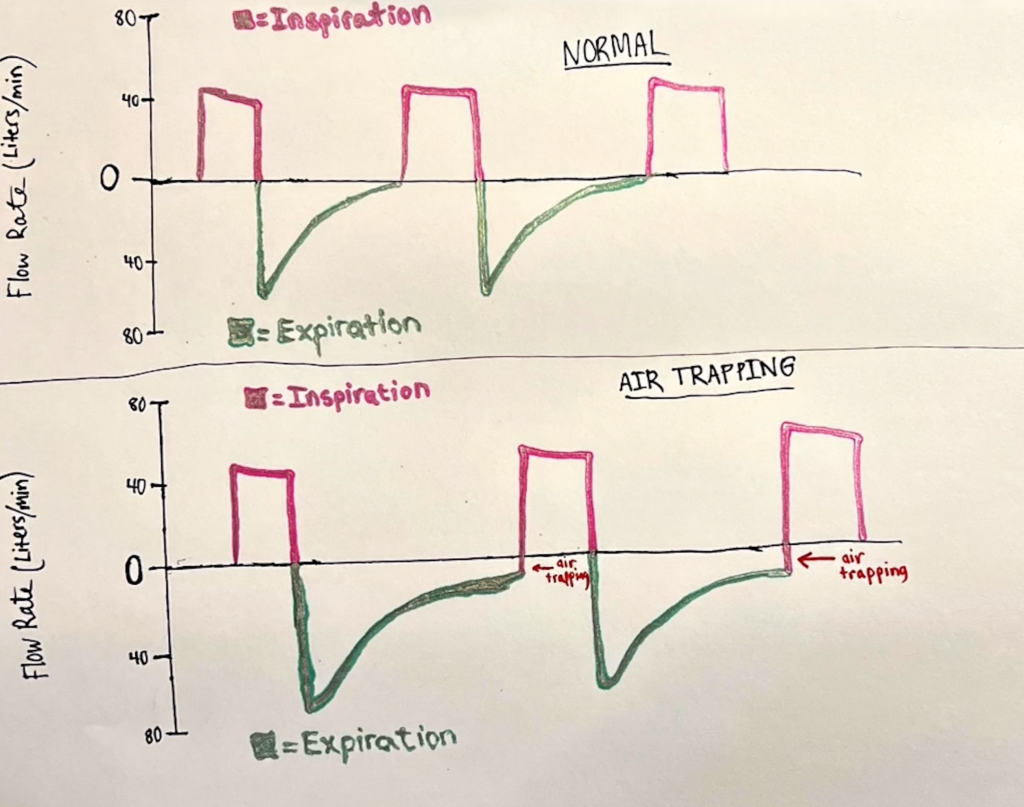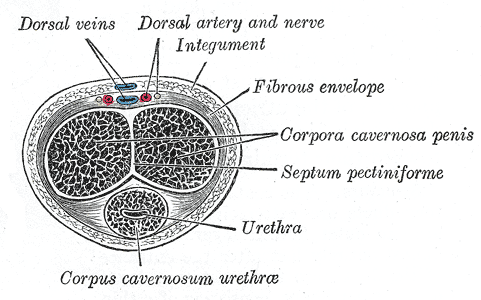Podcast: Play in new window | Download
Torsades de Pointes (TdP)
A type of polymorphic ventricular tachycardia that is inherently unstable and often quickly degrades into ventricular fibrillation. It usually occurs in the setting of a prolonged QT interval, which can either be genetic or acquired.
Treatment
- Defibrillation – per ACLS, ventricular tachycardia with a pulse should receive synchronized cardioversion. But in real life, the defibrillator often isn’t able to “sync” with TdP, forcing you to perform unsynchronized cardioversion (aka defibrillation).
- IV Magnesium – treats and prevents TdP, even when magnesium levels are normal
- Overdrive Pacing – by preventing bradycardia, we help prevent TdP (bradycardia prolongs the QT interval).
- Electrical Overdrive Pacing – transcutaneous or transvenous pacemaker
- Chemical Overdrive Pacing – beta agonist therapy (isoproterenol)
- Lidocaine – anti-arrhythmic therapy that does not prolong QTc.
- Fix underlying cause – congenital long QT syndrome, hypokalemia, hypocalcemia, medication induced (psych meds, anti-emetics, methadone, fluoroquinolones, many more)
Defibrillation and IV Magnesium are used for patients who are ACTIVELY in TdP. Once you shock/mag them into a stable rhythm, you can use Overdrive Pacing / Lidocaine / Treat Underlying Cause to PREVENT them from going back into TdP.


